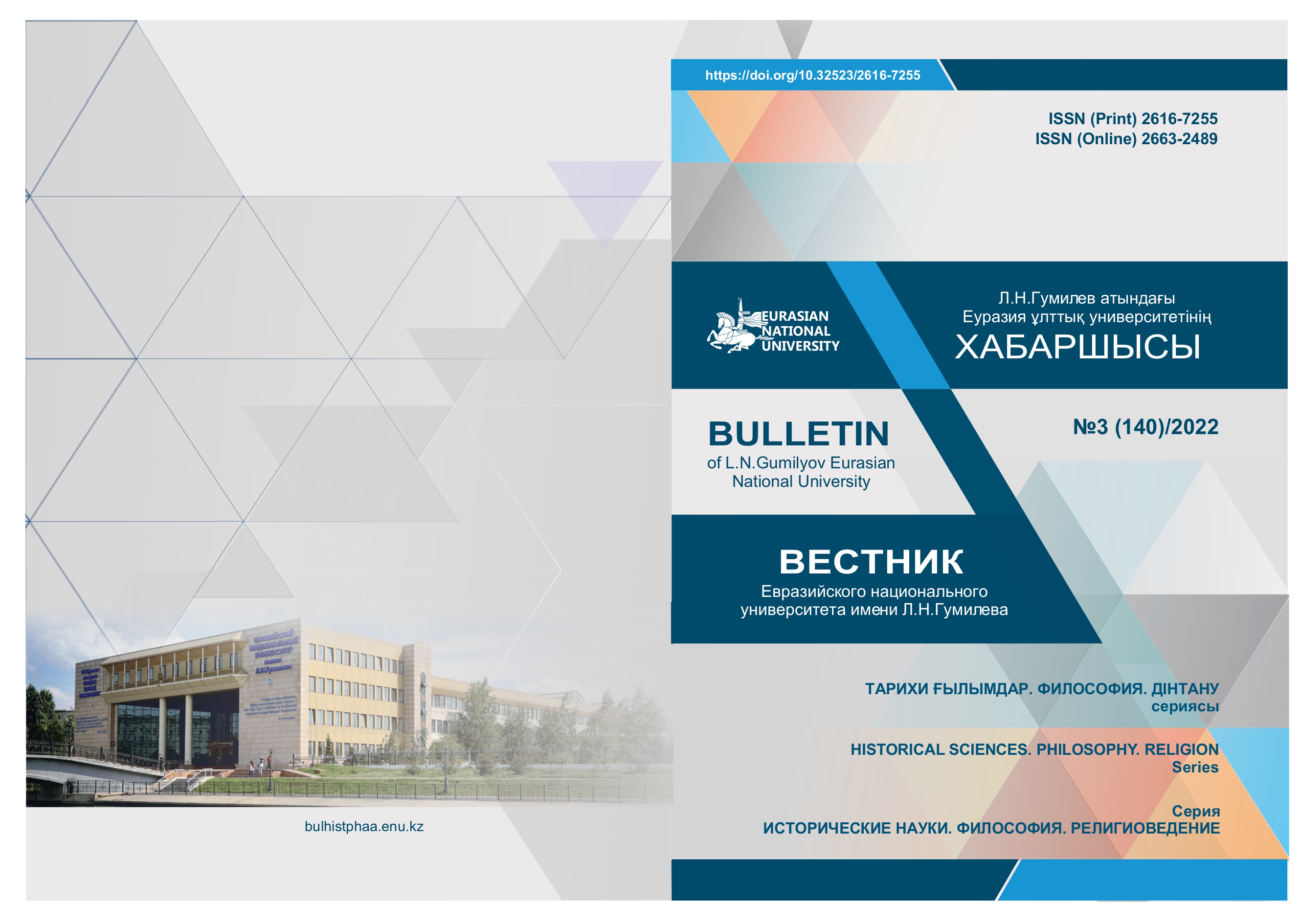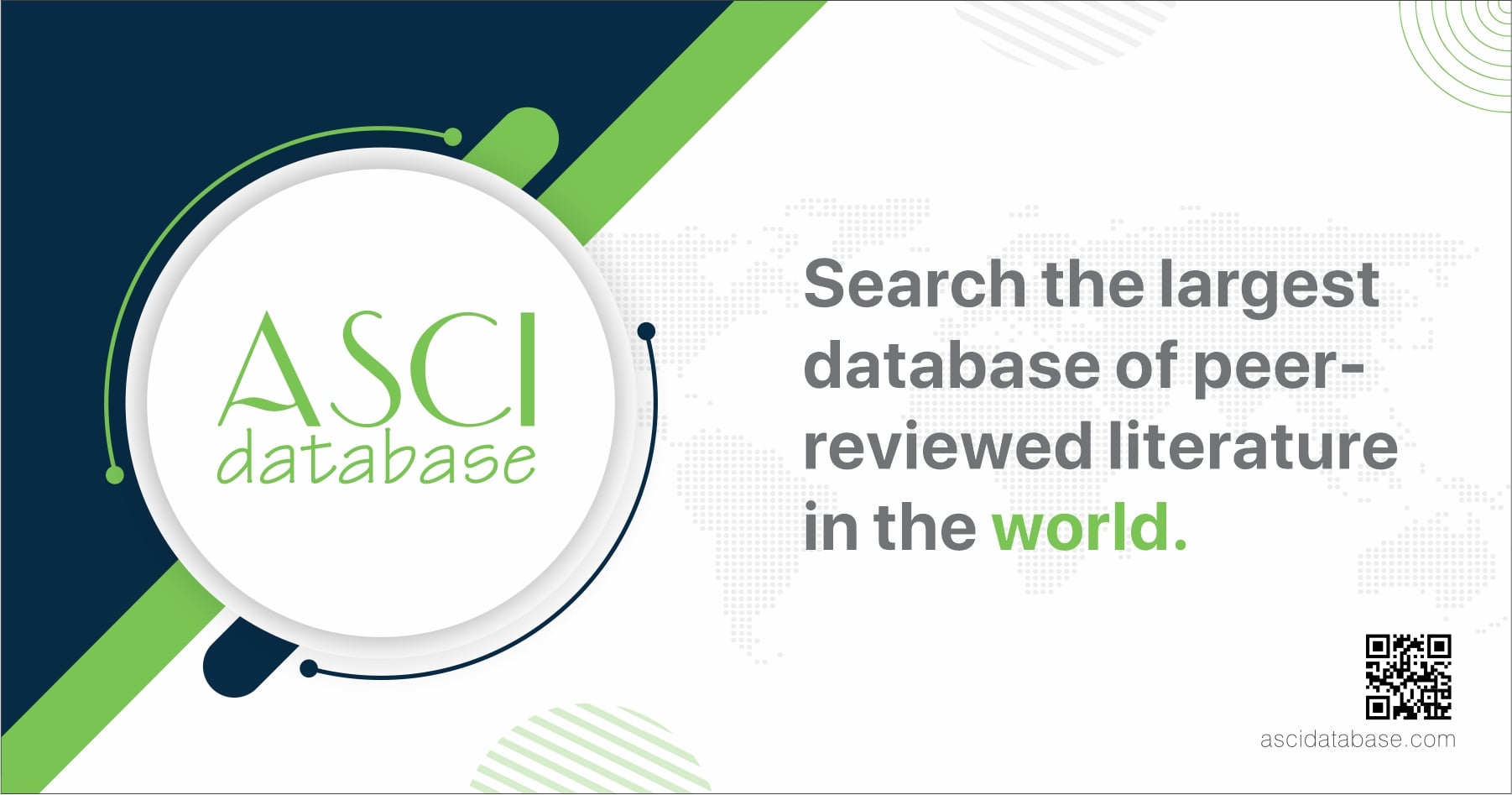Historical traces of the Great Silk Road in the national consciousness
Views: 334 / PDF downloads: 280
DOI:
https://doi.org/10.32523/2616-7255-2022-140-3-39-58Keywords:
Great Silk Road; Kazakh people; linguistic consciousness; historical memory; culture; values; nation.Abstract
The Great Silk Road ran for a long time between China and the Roman Empire from the 2nd century BC. to the 15th century AD and played an important role in the trade process between East and West. Trade caravans transported silk, paper, and bronze mirrors from China to the West, as well as carpets, tapestries, wool, and glassware from the West to China. Many other valuable things and precious stones, fragrant oils, and various material values of the East and West also came into the trade through this route. The Great Silk Road was not only a trade route but also an excellent platform for dialogue between different cultures and civilizations. Obviously, the continental trade corridor that passed through Europe, through many countries of China, Central Asia, and India, through various historical and cultural areas, carried not only material values but also the spirit and knowledge of their time from one environment to another. Cultural and everyday values, formed at the junction of different civilizations, are expressed through language and leave their mark on the national consciousness. The study of cultural changes and civilizations along the Great Silk Road is very important for Kazakhstan. Each of the cultures that made up the cultural heritage of the Great Silk Road not only sought to develop its existence but also developed through self-understanding and mutual understanding through the creative synthesis of each other's wealth and potential. To give an adequate assessment of this great period of our history today and revive the memory in our minds through interdisciplinary research is a very important task that will contribute to determining the future direction of our country.
Downloads

Downloads
Published
Issue
Section
License
Copyright (c) 2022 Sh.K. Kurmanbayeva, Zh.K. Umirbekova

This work is licensed under a Creative Commons Attribution-NonCommercial 4.0 International License.







